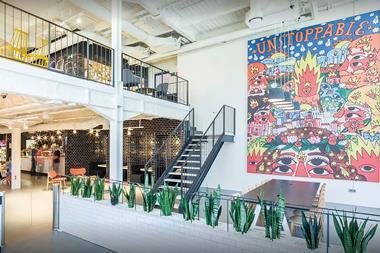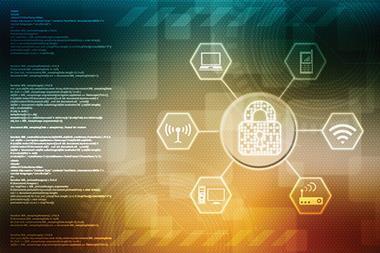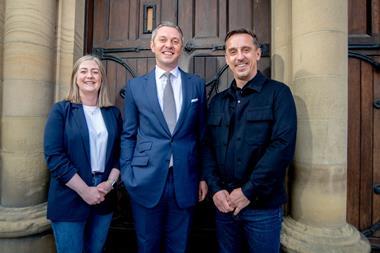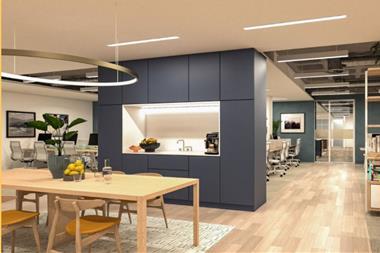Technological advances can improve agile and flexible working for all. Technology and data are disrupting workplace and real estate strategies at an exponential rate and many landlords and tenants are still in the discovery phase of the ‘art of the possible’.

Size and scale no longer guarantee success for any kind of organisation. The companies that survive the changes we face will be those that successfully manage this uncertainty and seize the opportunities created by disruption.
Leading companies are already identifying ways to use technology to transform the products and services they provide, the structure of their operations and the ways in which they compete. They are building agile organisations that relentlessly focus on using technology to remodel their businesses, outsourcing and automating work that is not core to their operations.
Part of this evolution – and in some cases revolution – of traditional business models will see occupiers seek to derive value from their real estate through more sophisticated workplace strategies. Tech is playing a key role in the creation of truly agile flexible working environments.
Find out more - Power of Proptech 2018: awareness of tech shifting
Previously, many of the tech-enabled systems for smart buildings focused on relatively mundane tasks, such as controlling lighting levels and regulating building access. However, recent innovation and technological advances mean that real gains can now be made in sustainability, operational costs and space utilisation – all of which have been shown to aid the productivity and health of staff.
Smart approach
As buildings become smarter, companies and managers of real estate will be able to closely monitor and optimise the performance of their properties. The data collected will play an active role in the design and provision of new workplaces.
This would suggest design interventions to encourage more human interactions, speeding up product development and improving work environments in general. By 2025, occupational data collected in real time will play a leading role in the design, provision and management of workspaces.
Sensors that monitor desk usage are already being widely deployed in many sectors and this type of analysis is expected to continue to evolve at a fast pace, with technology that also monitors the health and wellbeing of staff expected to become common.
Over the next few years, new devices will enter the workplace that enable new ways of working, change how workplaces are designed and offer employees more choice as to what sort of space they want to use that day or for certain tasks. At the core of this shift will be the ever-increasing flow of data from sensors and possibly even wearable devices.

Harnessing and utilising this data will facilitate a shift that will turn the traditional workplace into a the hub of value creation where employees and outside experts come to create and collaborate, supported by technologies such as virtual and augmented reality.
The analysis of working patterns will also lead to new types of space being created to strengthen innovation strategy. Accelerator, incubator and innovation space will be widely deployed in real estate portfolios to allow firms to work with start-ups, partners and researchers to develop new products, services and ideas.
The collation of this data will be invaluable and transformational, but transparency about data gathering and use with the employees in these highly functional and efficient workplaces is essential.
‘Big Brother’ fears
For many employees, this overt type of monitoring is a relatively new phenomenon, with under-desk sensors (or ‘crotch monitors’ as some people call them) causing some nervousness among workers and paranoia about a ‘Big Brother’ management style being implemented. Such nervousness can negatively affect productivity, engagement and, ultimately, talent attraction.
Open communication, robust data policies and new management processes will need to be put in place to ensure that employees understand what data is captured, how it is used and how they will ultimately benefit from it. We are already starting to see some concerns about technologies such as facial recognition and fingerprinting and employees will want to know how secure their data really is.
The most recent changes in the workplace around flexible and agile working have meant that employees have more freedom than ever before. Technology will develop this further for everyone’s benefit, but addressing employees’ concerns about privacy and data protection is a major hurdle.
Andrew Barnes is head of tenant representation at JLL






























No comments yet